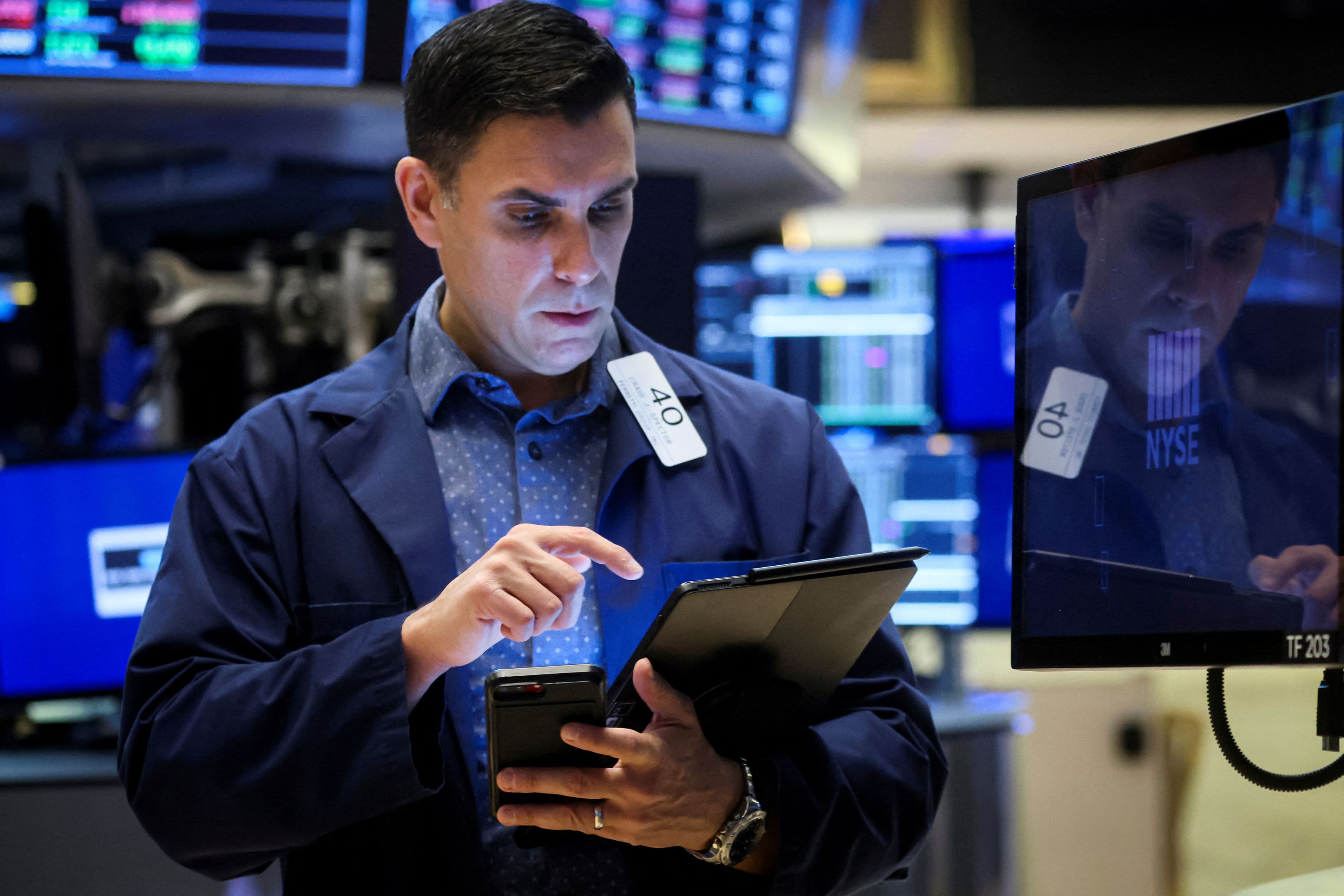How investors are leveraging ETFs to trade the Russia-Ukraine conflict

Exchange-traded funds are becoming a vehicle of choice for investors as they navigate the market amid Russia’s war on Ukraine.
VanEck’s Russia ETF (RSX), the largest Russia-based ETF on the market, is having its worst week on record, down more than 53%. February was its worst month ever, with the fund seeing a nearly 55% loss in value.
Those losses, while significant, represent an important characteristic unique to ETFs: the ability to trade even when underlying assets are prevented from doing so, Van Eck Associates CEO Jan van Eck told CNBC’s “ETF Edge” on Monday.
Around 75% of RSX’s holdings are ADRs — American depositary receipts, essentially proxies for U.S.-listed foreign companies — or GDRs, global depositary receipts, proxies for internationally listed names, van Eck said.
Only around 11% of the ETF’s assets are invested in local Russian stocks, followed by 7% in U.S.-listed stocks and 7% in London-listed plays, he said.
That dispersion allows the ETF to serve as a pricing mechanism while the Russian market remains inaccessible to global investors, the CEO said.
“The real dividing line is the financial companies. Some of the banks have been punished through sanctions,” van Eck said.
“But the energy companies continue to do business. And frankly, Europe needs Russian gas, and if they’re going to use it, they need to pay for it,” he said. “As long as that continues, then these ETFs should for the most part operate successfully in the market.”
RSX’s closest competitor is the iShares MSCI Russia ETF (ERUS), down almost 57% so far this week.
Even so, RSX is trading at a higher volume than it ever has, CFRA Research’s Todd Rosenbluth said in the same interview.
ETF volumes on the whole nearly doubled their historical 20-day average when Russia first invaded Ukraine on Feb. 24, according to State Street Global Advisors.
“We’ve seen time and again that when the market gets crazy, investors turn to ETFs as the vehicle of choice,” said Rosenbluth, his firm’s senior director of ETF and mutual fund research.
“You can get out when you want to, you can get in when you want to, unlike in other markets or other vehicles, which is why we continue to see record inflows in the ETF marketplace,” he said.




